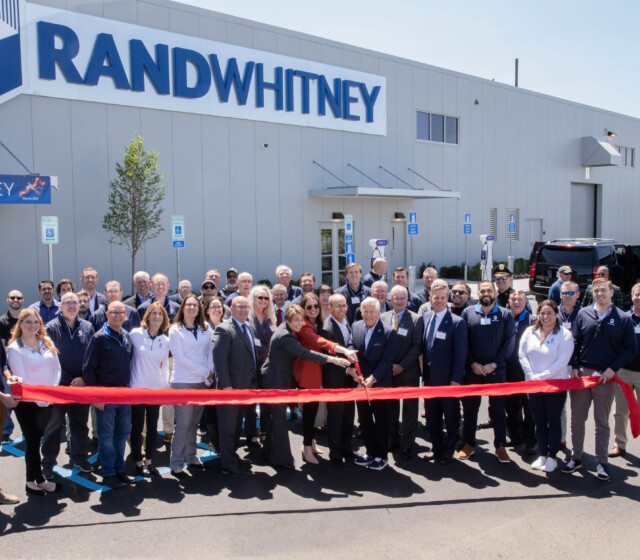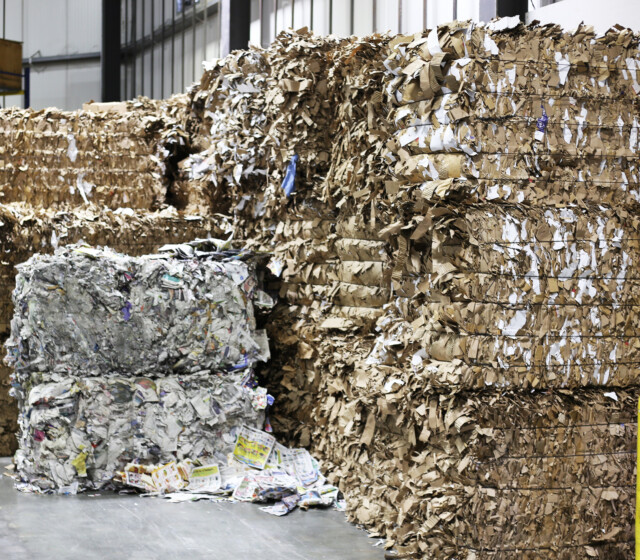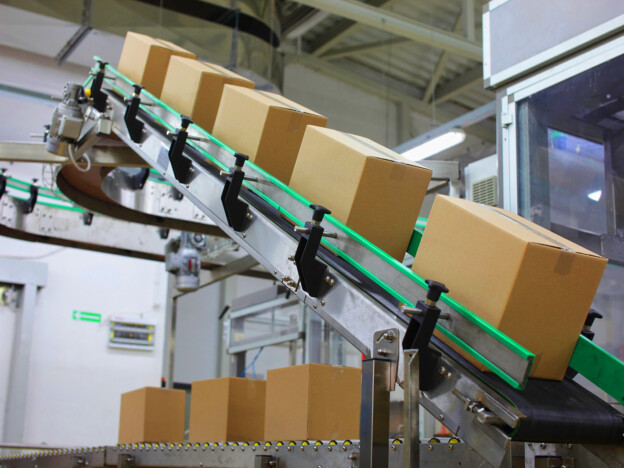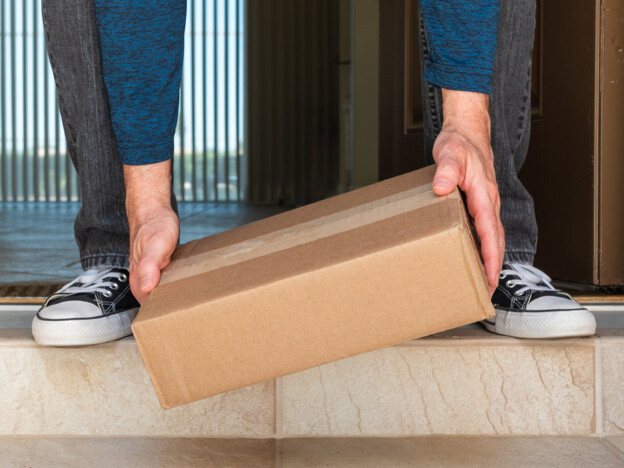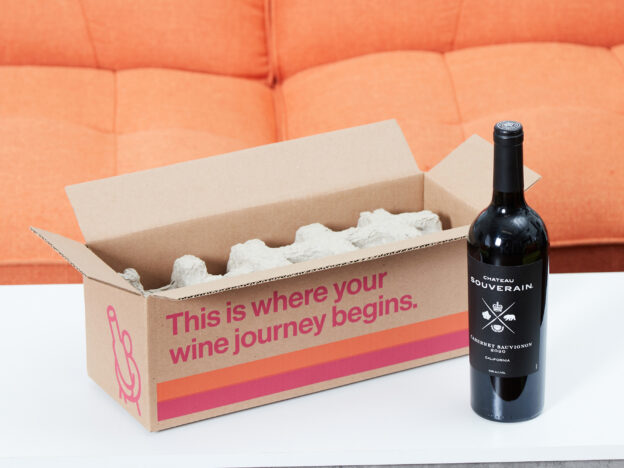Packaging Recycling in the Modern Day
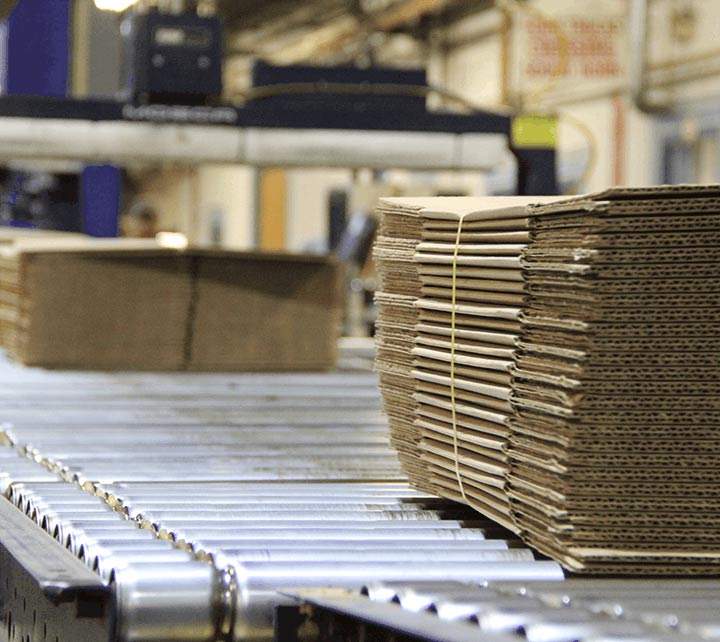
Every April 22nd we celebrate Earth Day. It provides a time for people around the world to focus on creating a cleaner, more sustainable planet. What we do with the packaging that we use in our day-to-day lives is as much a part of being environmentally responsible as anything else. We are going to dive into how the materials we use in packaging are recycled and the challenges that the recycling industry faces today.
What’s the Most Environmentally Friendly Packaging?
What’s the Most Environmentally Friendly Packaging? Well that’s a complicated question. There are many different materials used from glass and plastic to molded pulp and corrugated, but answering which one is the most eco-friendly to use is not a straightforward answer.
Glass
Glass is one material that’s infinitely recyclable. What’s that mean you ask? It means no matter how many times it is used, melted down, and reformed, you can always recycle it again. The only caveat is that the type of glass can effect how recyclable it is. Some glass takes much more energy and time to melt so it’s not economical to recycle. If something isn’t economical to recycle it doesn’t matter which bin you throw it in, it’s going to end up in a landfill.
Plastic
Plastic is on the opposite end of the spectrum from glass, as it is only able to be recycled once or twice. While plastic is easy to melt which cuts down on the energy needed to make it, after about two uses it will have to be turned into a fabric, like polyester. Since clothes are not recycled, it will eventually end up being thrown out. We don’t yet know how long it will take for plastic to break down, so it will take up space in landfills everywhere for the foreseeable future. However, that also means it won’t release any carbon pollutants into the air as it breaks down.
Corrugated
Often thought of as the most eco-friendly packaging, corrugated is able to be recycled about seven times. The cap on the number of times you are able to recycle corrugated comes from the length of the fibers. As you continue to reuse paper the fibers get shorter and have to be used for different things. What starts as corrugated packaging, turns in to copy paper, then newspaper, and finally ends up as something like molded pulp. But that’s not why it’s thought of as the most eco-friendly packaging material. The real reason is because it comes from a renewable resource. Corrugated is also biodegradable, meaning it will eventually break down.
How Recycling has Changed
Although in recent years corrugated packaging has been recycled more than any other material, the industry has had some shake up since the e-commerce revolution. Corrugated shipping containers used to end up at retailers. Because people shopped in stores they would walk out with a bag and the retailer would keep the box.
The benefit of retailers possessing the lions share of the packaging is that they are very efficient recyclers. They will flatten and bail their corrugated shipping containers so they can sell them back to recycling facilities. There are still brick and mortar stores collecting and recycling large amounts of boxes, but since direct to consumer businesses began to flourish boxes are ending up at the consumers doorstep more and more.
Consumers, try as they might, are just not as efficient at recycling as large retail stores. They have to deal with the much more limited space of their curbside recycling bins. Although bins have gotten bigger in recent years you still see them over-flowing with boxes. Any excess corrugated consumers have usually just gets thrown out to avoid clutter around the house.
The other issue is that people have less access to recycling than stores do. Only 65% of communities with less than 50,000 people have access to curbside recycling. In more rural areas, the problem worsens and people are required to bring their waste to drop off locations if they want to get rid of it. So you see with more packaging material ending up on peoples doorsteps, it’s up to states and cities to adapt their recycling program to reflect the changing nature of the shopping experience. If cities develop and promote easier to use programs people are going to be more apt to recycle as much waste as they can.
How Rand-Whitney Helps
Rand-Whitney remains committed to keeping as small an environmental footprint as possible. We try and do our part in keeping our planet clean through an effort we call Closing the Loop. Our Closing the Loop program starts with our mill in Montville, CT.
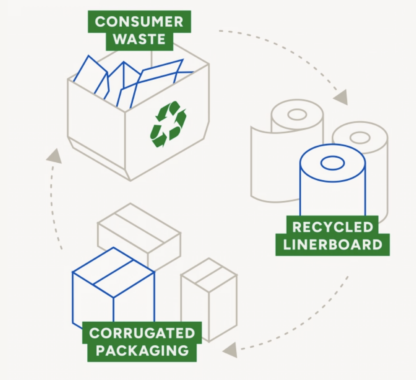
Our mill produces 100% recycled liner-board; meaning all of the pulp used to make it comes from recycled material. We have invested heavily in making the production process as clean and efficient as possible. Making paper requires a lot of energy and water. To counteract this our mill uses 100% post consumer wastewater, to avoid pulling any extra water from the local eco-system.
The process to create linerboard requires heating the water, which in turn makes steam. Our mill captures this steam and turns it back into energy through a process called cogeneration. In fact, the process is so efficient that if needed the mill can even send power back to the grid to be used during blackouts.
Once the liner-board is turned into corrugated sheets, our manufacturing facilities all over New England convert them into the boxes you use every day. Any scrap created during the process is collected, bailed and sent to area mills. The boxes are shipped throughout the region to our customers.
Once the boxes have been used, Rand-Whitney Recycling collects the OCC (Old Corrugated Containers) bails them and brings them back to the mill.
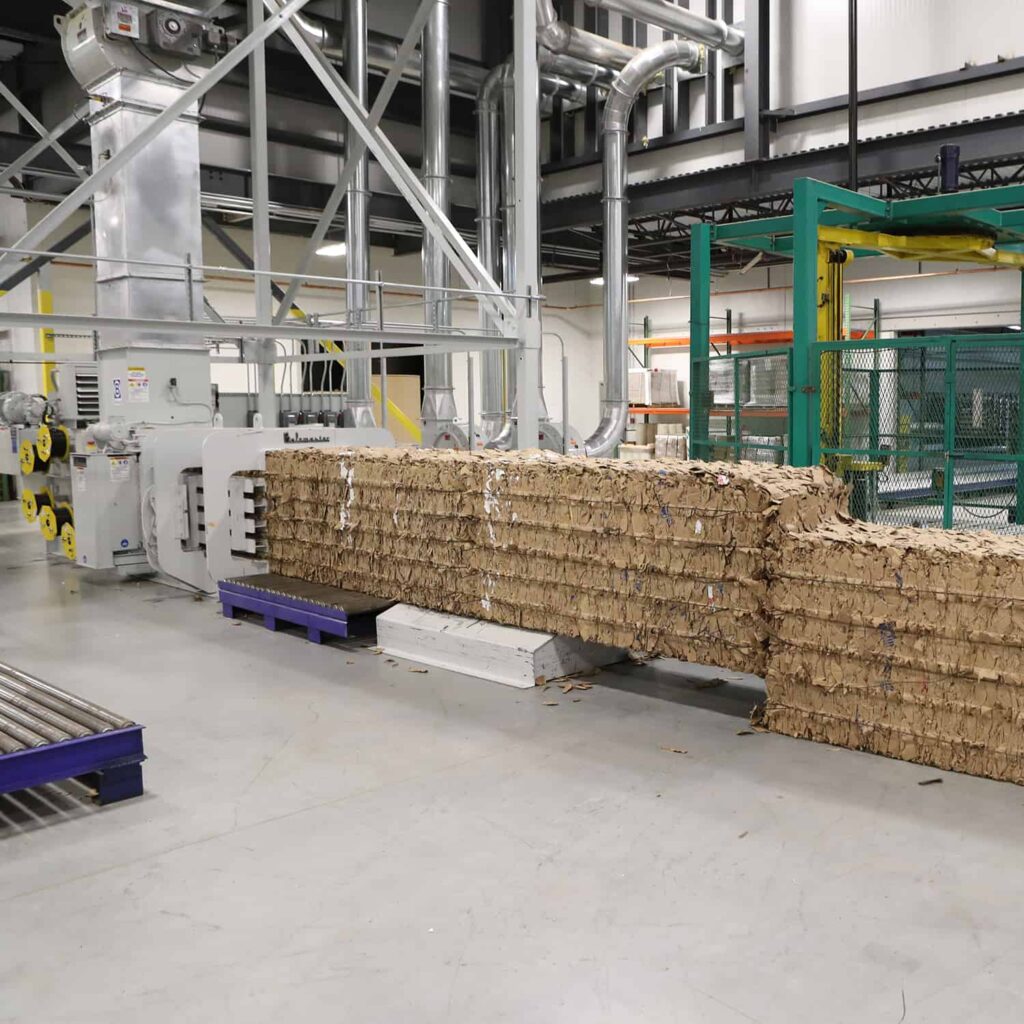
That is where the loop comes full circle and closes. The boxes made of the linerboard from the mill are returned to the mill to be broken down and remanufactured into new linerboard.
If you have any more questions about the corrugated industry please contact us at [email protected].
